Google Core Update: Trouble for SEO?
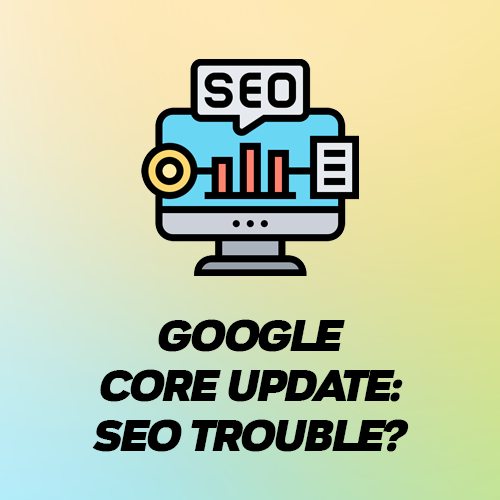
Some E-Commerce Owners are Frustrated by Google Core’s Update
It’s clear that Google’s Core Update has already affected a lot of businesses online. While the new Search Engine algorithm just began rolling out in May 2022, some e-commerce sites reported immediately falling out of the SERP rankings for important keywords, as well as seeing a drastic drop in clicks and impressions on the site. Take the following tips below as a starting point to improve your Google SERP ranking.
Click here for part I of our coverage on the Google Core Update
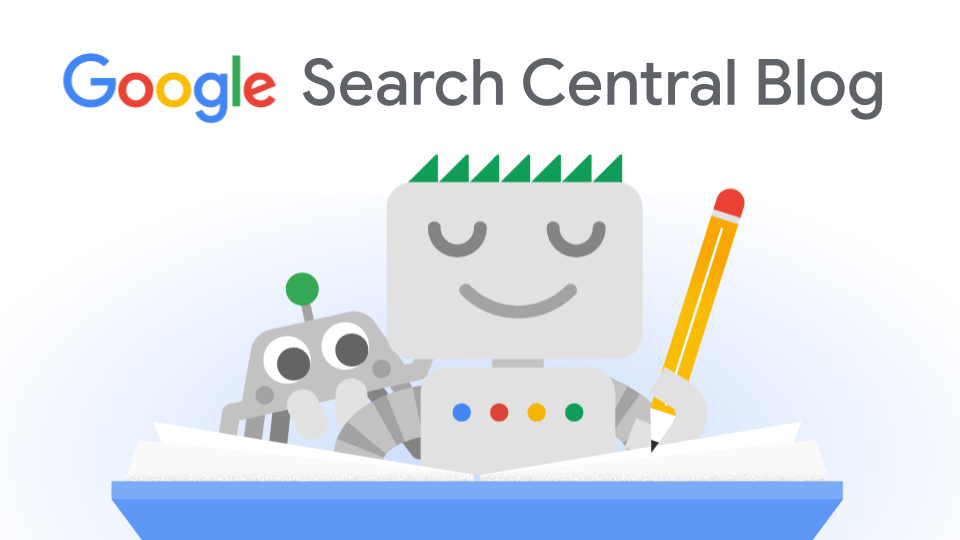
- Increase Posting Frequency
The most effective way to rebuild and grow your SEO, as well as your e-commerce sites online visibility, is to begin posting more frequently on your site.
Did you have a blog post rocket to the top of the Google charts two years ago? That’s great, but it won’t be enough to continue thriving following the May 2022 Google Core Update. If you are staying current and up-to-date on the major trends within your industry, Google is going to be rewarding you with a boost in page ranking!
2. Strive for Originality
On top of that, Google will now be rewarding sites that post original content. If you are reposting content from another site or using AI-generated content, Google is going to ding you. Also, if the quality of the content is basically a rambling word salad, and considered not useful for users, Google will rank that lower, as well.
Best Solution: Diversify your Traffic Generation Avenues
Aside from posting original quality content for frequently, it’s important that e-commerce business owners use the Google Core Update as a wakeup call to not rely solely on the search engine giant for their revenue!
You can begin ad campaigns with Ad360 in one click that bring visibility to the entire web, meaning you get impressions from outside Google’s display network and across all apps. On top of trying out various social media platforms, business owners can ensure that even if the Google Core Update affects their traffic from search engine’s other revenue streams and ad channels pick up the slack!
Make WooCommerce Mobile-Friendly!
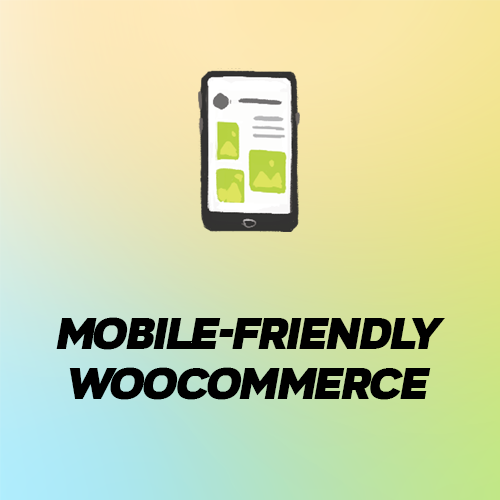
The Tide has Turned: Mobile Users Outnumber Desktop
Within the last few years, mobile users officially tipped the scales over desktop ones: 61% of website visits in the US came from mobile in 2020, while worldwide the number rose to 68.1%. However, for many business owners who comes from traditional “brick-and-mortar” backgrounds, it can be difficult to handle both a beautiful desktop WooCommerce site alongside a smooth mobile user experience.
As we’ve written about before, e-commerce sites need to adapt their mobile layout to the design features and limitations of viewers browsing their site on a tinier screen!
That means more simplistic visuals, “swipe-through” slideshows (to browse product after product), and clickable buttons that “expand” or minimize content/product descriptions. That way, you can neatly pack in all the features of your site without overwhelming users browsing on their phone.
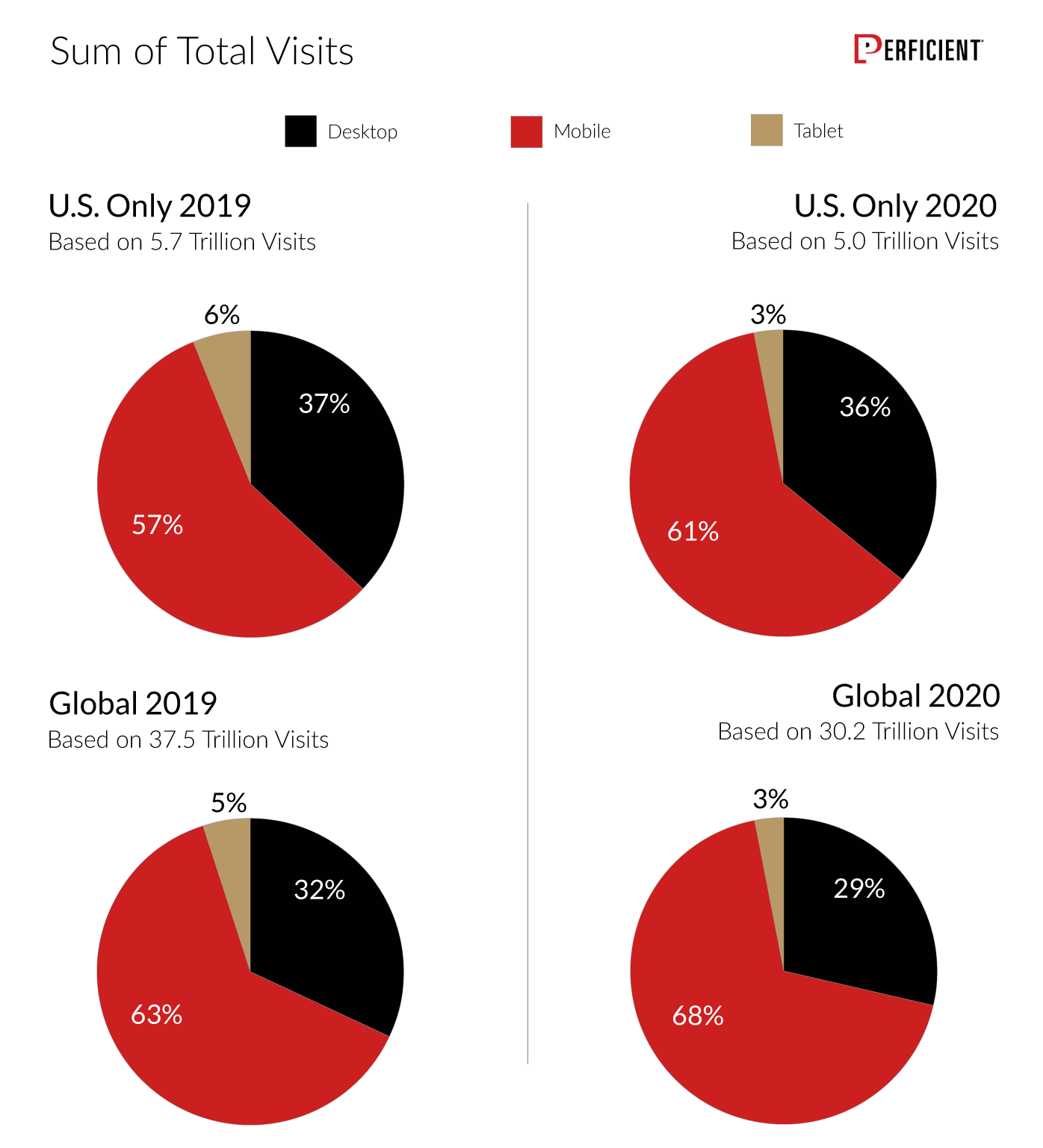
WooCommerce Mobile is a Whole Advertising Frontier
Along with that, advertising your WooCommerce store across mobile apps gives you a whole new level of promotional exposure. Again, your mobile ad designs need a different aesthetic when compared to desktop. The dominant form now are “swipe-able” slideshows that present your product with a beautiful, simple, bold background. That way, while playing their favorite mobile game or browsing their favorite news aggregator, users see ads for your WooCommerce store!
Diversifying where you place your online ads is key to a successful digital marketing strategy. It can seem a bit overwhelming to think about at first, but it is much easier than you might think to be running ad campaigns on desktop, mobile apps, and across the web. By fine-tuning each ad campaign to the medium it runs on, you have a much better chance of increasing your WooCommerce sales 😊
If you want help automating your ad placements for the best results, reach out to try Ad360 today! Our free two week trial gives users a chance to realize the significance of running both desktop and mobile-friendly ad campaigns – all with only a few clicks.
1 Click Ads for WooCommerce
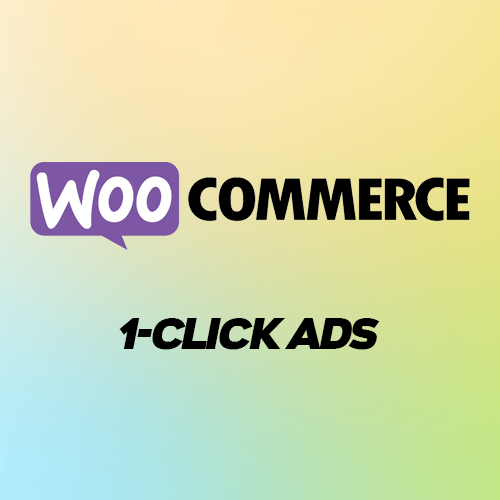
Set a Daily Budget
First, to take control of your online marketing, establish a “daily average” budget you can spend on advertising. New stores can gain traction across the web with as little as $5/day ($150/month). From there, a general rule of thumb is 5-10% of your revenue goes back into marketing overhead.
Calibrate Your Custom Audience
Second, you need to begin targeting your custom audiences! You can target customers based on demographic info (e.g. – age, gender, location), or interests they express online. Make sure to dive into research on your custom audiences – they will be your most likely customers!
Retarget Likely Customers
Ok, so you’ve set a daily budget, established large swaths of your custom audience, and now you’ve put out some nice ads. The metrics show that roughly 10,000 users viewed the ad from either their desktop or mobile. But barely any clicked through or bought!
Do not be discouraged, this is normal. Just remember, if even 1% of those 10,000 end up becoming customers, that’d be 100 new orders to your WooCommerce store. So, how do you up that conversion rate to become a truly successful online business?
Automate Ad Placements for Peak Conversions
There is software, easily accessible on the market, that can automate ad placements for the cheapest price and maximum exposure. Retargeting software could further increase your conversion rate to 2-3%, putting in the elite tier of e-commerce stores. In fact, the top 10% of all online stores have a conversion rate of 3.8% or higher.

Virtually all the most successful e-commerce stores deploy automated ad placements to get affordable ads with great visibility. They also all use savvy digital marketing techniques – like retargeting – to increase their WooCommerce sales. How? By reaching back out to customers who have seen their ads across the web and social media! After a few “touches,” customers are ready to go from “browsing” to “buying.”
Feel free to check out Ad360’s Quick Ads, to trial automated ad placements. It only takes one click to organize your next ad campaign!
WooCommerce: Why You Need Retargeting
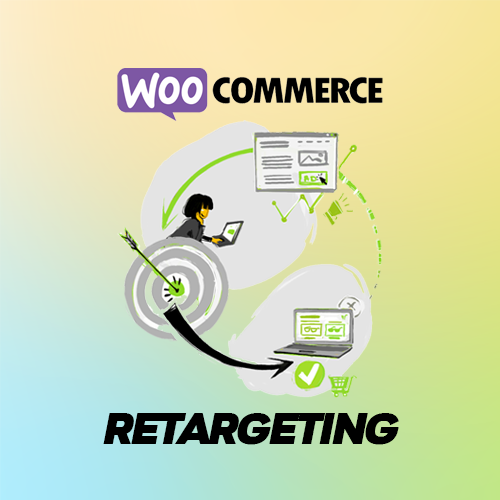
Online Ads Drive Traffic – But Not Conversions
If you set a healthy daily budget for your ads, and organize sensible “custom audiences” to funnel ads to, your store will likely see a spike in traffic. However, we’ve noticed a common concern of WooCommerce storeowners online.
Many have expressed that, after shelling out for ad placements, they saw no corresponding bump in click-through or conversion rates. This means that even though users are seeing the ads online, they are not clicking buy. A boost in traffic, but no increase in sales, is a frustrating experience for WooCommerce stores with great products.
What can WooCommerce storeowners in this position do to boost sales?
Ad Retargeting! Arguably the most valuable online tactic for increase e-commerce store sales.
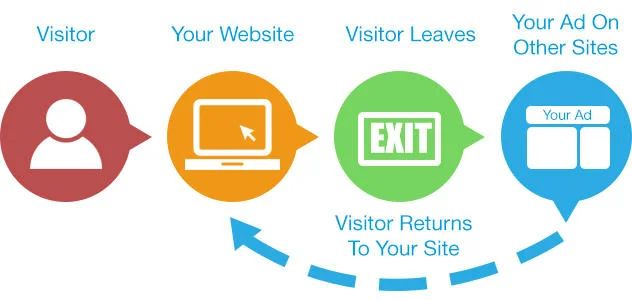
Why Ad Retargeting Outclasses Other Ads
If you’ve been keeping up with Ad360’s “growth academy” series, you know it takes multiple engagements – or “touches” – before most customers are ready to make a purchase. Ad retargeting becomes an essential digital marketing tactic here. You can capture the data of customers who visit, and target all future ads towards these individuals.
Why?
They’ve already demonstrated concrete interest browsing your store!
Eventually, after seeing 3 or 4 of your WooCommerce store’s ads, customers go from simply being “aware” you exist, to purchasing every seasonal special!
However, WooCommerce ad retargeting “plugins” can be costly, confusing, or slow down your site speed – defeating its purpose. If you want help establishing ad retargeting as an effective part of your digital marketing strategy, reach out to Ad360 today! We’ll give you the 360 degree breakdown: retargeting is our specialty 😊
So, if you are interested boosting your “click-through” and conversion rates, give us a call or email today. Happy selling!
Programmatic Ads: Automate Success
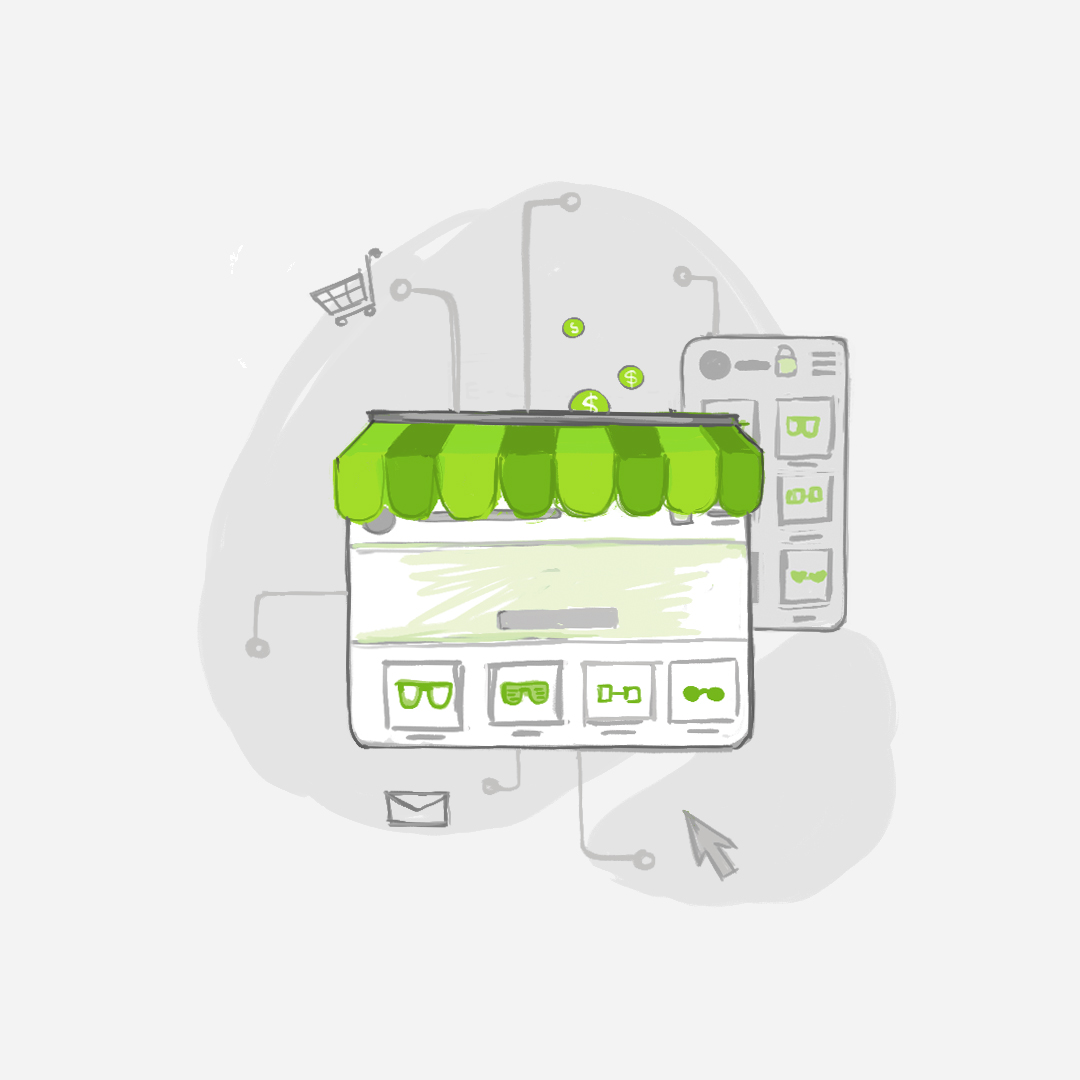
Relying on Google & Facebook Ad Campaigns is Holding You Back
Have you felt your Shopify paid advertising has been restricted by Google and Facebook ads? I mean, there are literally millions of independent websites and thousands of mobile apps not controlled by either the Google or Facebook network!
So, why do so many businesses end up feeling trapped with these online conglomerates being their only options for running ads and increasing sales on Shopify?
Simple – they have not explored and expanded their advertising strategies for Shopify. Relying on your manual inputs to Google and Facebook can generate traffic, but this is the 21st century! It’s time to automate!
Programmatic Ads – Software that Automates Advertisements for You
The solution to you feeling “stuck” with Google and Facebook ads is simple – programmatic software. Programmatic ad services, once set up to your store, basically scour the entire web and mobile ecosystem for the best deals to place your ads. They follow your daily allotted budget, and within those parameters, match your Shopify product advertising to your target audience on the web – wherever they are.
Programmatic ads have their own software powering this automated decision-making process, meaning you no longer have to rely on Google or Facebook ads! Imagine never having to manually create a Google Ads campaign again, while seeing your ROI and data for each audience segment explode. The clarity brought with programmatic ads will revolutionize any advertising strategy for Shopify. Not having to rely on Google or Facebook’s networks is a liberating experience – one that brings your Shopify business more opportunities and hypertargeted results.
Ad360 Provides Programmatic Ads in One Click
The software that powers programmatic advertising is at the heart Ad360’s services. Within just one click, you can set a daily budget and begin running targeted ad campaigns across all websites and mobile apps. Try downloading our app today to experience a game-changing Shopify advertising tool – the democratization of programmatic ads! Automation of ads saves you precious time while enhancing the chance to increase sales on Shopify – give it a try to refresh your promotional strategies 😊
Try for yourself the Ad360 App for Shopify with a 14-day Free Trial!